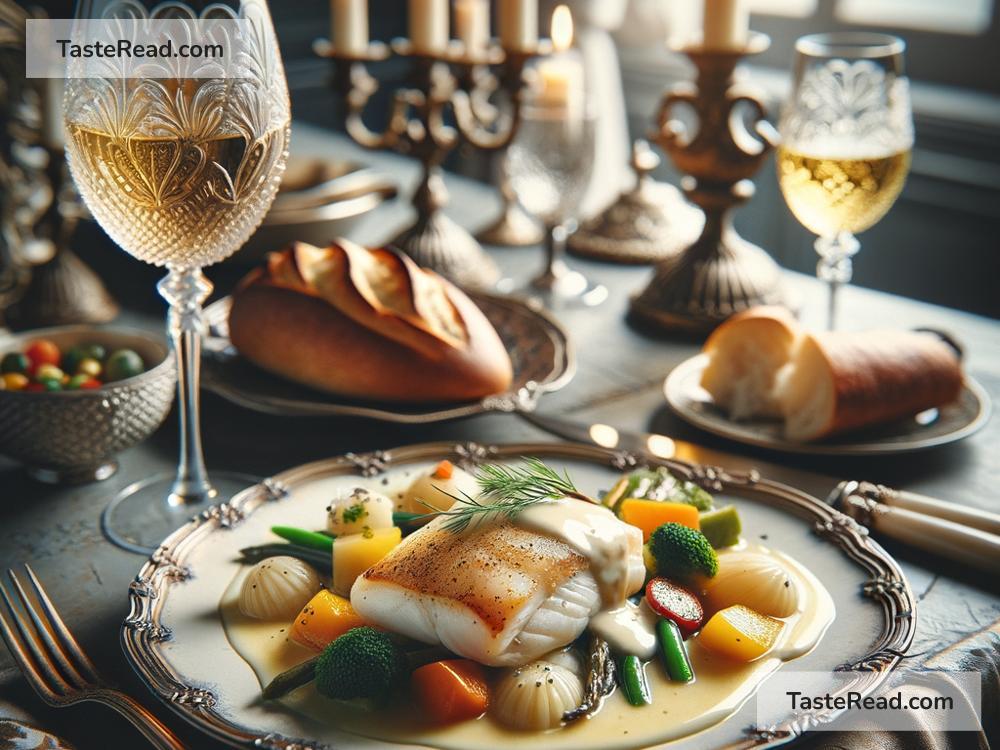Exploring the Refined Flavors of Contemporary French Cuisine
French cuisine has long been admired for its elegance, creativity, and quality. It is considered one of the cornerstones of global gastronomy, with countless dishes that have delighted food lovers for centuries. But today, something exciting is happening in kitchens across France and beyond. A new wave of chefs is blending traditional techniques with fresh ideas, creating what is known as contemporary French cuisine—an exciting culinary style that breathes life into classic flavors while embracing innovation.
If you enjoy great food and want to discover the refined yet approachable world of modern French cooking, let’s take a closer look at how it brings the best of tradition and creativity to the table.
The Fundamentals of French Cuisine
Traditional French cuisine has always been centered on precision, high-quality ingredients, and well-balanced flavors. It’s known for dishes like beef bourguignon, coq au vin, and buttery croissants. Key techniques such as sautéing, braising, and slow cooking allow chefs to bring out the maximum flavor in their ingredients. French cooking also divides dishes into courses, including appetizers, mains, and desserts, paired with fine wines to complete the dining experience.
The foundation of French gastronomy lies in simplicity combined with artistry. Historically, chefs have relied on seasonal produce, fine cuts of meat, and rich sauces to make meals unforgettable. These time-tested methods are still respected, yet contemporary French cuisine goes a step further, pushing the boundaries of what food can be.
What Is Contemporary French Cuisine?
Contemporary French cuisine keeps the heart of tradition alive while embracing modern techniques and global influences. It’s a creative reimagining of recipes passed down through generations, with chefs experimenting with presentation, texture, and fusion.
For example, today’s French chefs might swap heavy sauces for lighter dressings made with fresh herbs, citrus, or olive oil. They may use sous-vide cooking for perfect precision, add unexpected ingredients from Asia or South America, or plate the dish like a work of art. The goal is to create meals that not only taste amazing but also look stunning and feel delightful to eat.
At its core, contemporary French cuisine is about delivering an exciting culinary experience without losing the soul of traditional cooking. It isn’t afraid to take risks, yet it honors the discipline and care that French food is known for.
How Simplicity Meets Sophistication
One of the most fascinating elements of modern French cuisine is how it makes simplicity feel luxurious. By carefully choosing ingredients and pairing them thoughtfully, chefs elevate basic dishes to something extraordinary.
Take, for example, a simple French vegetable soup. In its contemporary form, it might include heirloom vegetables, a drizzle of truffle oil, and artful garnishes that make it pop on the plate. The flavors are familiar, but the presentation and details make it feel modern and fresh.
Even desserts like the classic French macaron are getting a creative twist. You’ll find macarons flavored with unexpected ingredients like matcha, yuzu, or lavender, showing how French cuisine continues to evolve while keeping its identity intact.
The Role of Innovation and Sustainability
A significant part of contemporary French cuisine is its focus on innovation and sustainability. Many chefs are embracing eco-friendly practices and making meals with locally sourced ingredients to support farmers and reduce waste.
Chefs in France are also fearless in bringing technology into the kitchen. Techniques like molecular gastronomy—the use of science to transform foods—are becoming a more common part of the French culinary scene. Liquid nitrogen, foams, and edible flowers can all add unique textures and presentations to dishes, creating a memorable experience for diners.
International Inspiration: A Global Take on Tradition
Contemporary French cuisine reflects how the world is becoming more connected through food. International flavors have made their way into modern French cooking, resulting in exciting dishes that combine local techniques with global influences.
For instance, French chefs might use spices like cumin and turmeric from Middle Eastern cuisine or fresh ingredients like lemongrass from Southeast Asia. Fusion dishes such as duck confit with miso glaze or brioche with Indian curry spices show how French cooking is evolving beyond borders while maintaining its integrity and charm.
A Contemporary Gastronomic Experience
Dining out to experience contemporary French cuisine can feel like an adventure. Every plate tells a story through its flavors, presentation, and creativity. Whether you’re at a Michelin-starred restaurant or a cozy bistro experimenting with modern dishes, the experience often blends elegance with innovation.
As you explore the modern French dining scene, expect meals to be balanced yet bold, full of unexpected flavor combinations and stunning visuals. The hospitality, service, and wine pairing—all hallmarks of beautiful French dining—are still very much part of the experience.
Conclusion: A Celebration of French Culinary Creativity
Contemporary French cuisine is a celebration of creativity, tradition, and the joy of good food. It continues to respect the timeless techniques that have made French cooking an art form while opening the door to new possibilities. Through thoughtful innovation, chefs are bringing fresh perspectives to classic dishes while honoring France’s rich culinary heritage.
If you love food that excites the senses and tells a story, contemporary French cuisine is worth exploring. Its combination of refined flavors, artistic presentation, and global influences creates an experience that’s both delicious and unforgettable. So, whether you’re visiting France or seeking modern French food closer to home, prepare to savor every bite of this beautiful culinary evolution!


